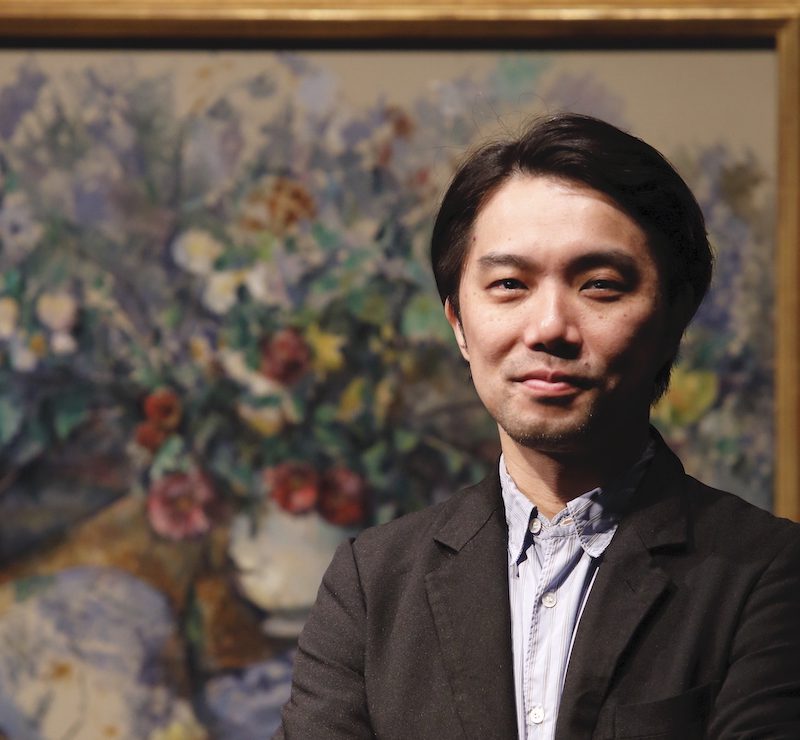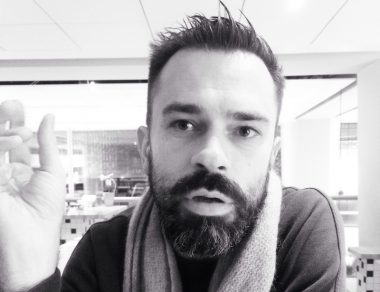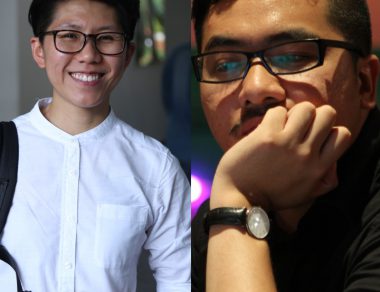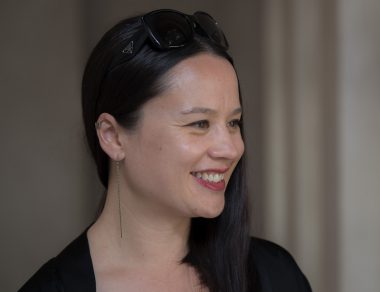Kenjiro Hosaka
The New Role of Architects and Private Collectors for the Institution of Art
Collaboration with architects and private collectors at institutions of art has been more noticeable in recent years.
For example, the Manifesta in Palermo in 2018 asked AMO to investigate the historical city before deciding on a theme or location. Cities such as Shenzhen, Chicago, Seoul, and Oslo have also launched architectural biennales rather than art. There are criticisms about the commercialization of contemporary art. If you wanted a more serious proposal for our life in the city and/or a viable workshop, an architectural exhibition should be chosen. We have to remember some legendary exhibitions like The Model (Moderna Museet, Stockhholm, 1968) and The Street. A Form of Living Together (Van Abbe Museum, Eindhoven, 1972).
Montpellier’s new institution, MOCO, directed by Nicolas Bourriaud, has now chosen to work with private collectors rather than forming a new collection of contemporary art. The collaboration with collectors itself is not something new. It has been already done at ZKM in Karlsruhe and Hamburger Bahnhof in Berlin. But as the MOCO’s first exhibition was composed of a collection by Mr. Ishikawa in Japan, the frame of collaboration was sifted from local to global. The acquisitiveness of collectors will allow them to acquire the work by the artist who prohibit any document of it, while most of museum cannot be so ambitious.
Amid these changes, we are now facing the question “what is the role of the curator at institution of art?”










